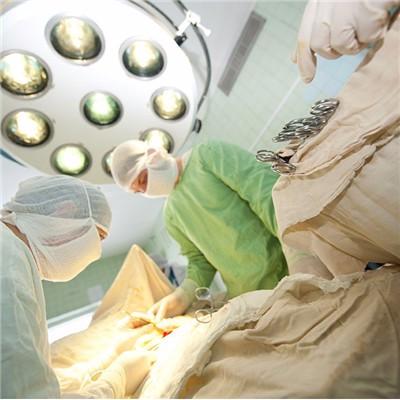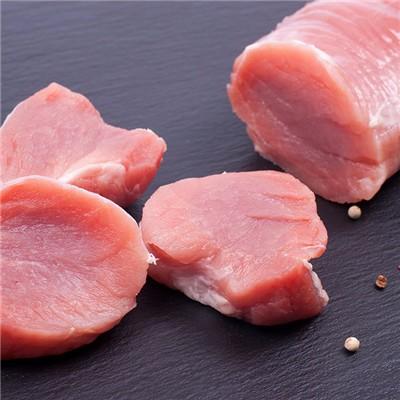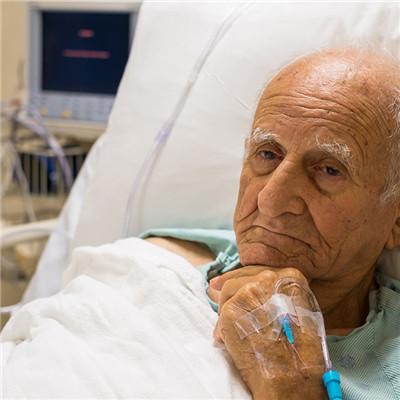Symptoms of tinea corporis in children
summary
Tinea corporis is actually a kind of skin fungal infection disease on smooth skin, which can occur in any part of the body. The most obvious phenomenon is to make patients itch unbearably, which not only brings some adverse effects to our life, but also harms our mental health. So the symptoms of tinea corporis in children now tell us.
Symptoms of tinea corporis in children
When the pathogenic fungi invade the cuticle of the human body, they can cause mild inflammatory reaction, such as erythema, papules, blisters and other damage, followed by desquamation, often ring, so they are commonly known as tinea rotundum or tinea Qian. At the beginning, the damage is scattered separately. When it gradually expands, it can fuse with each other and overlap, sometimes even to the whole body, In particular, some patients with immunodeficiency or the use of immunosuppressants, corticosteroids, anti-tumor drugs, skin lesions can be very extensive. Because of the body's defense ability, the center of the ring damage can be self-healing and desquamation, the edge can be high into a circle, there can also be active erythema, papules and blisters or desquamation, the center is flat desquamation or pigmentation. Children's tinea corporis can be several circles, overlapping each other into a flower ring, the shape is very special.
Tinea manus, tinea pedis and onychomycosis are mainly caused by Trichophyton rubrum and Trichophyton mentagrophytes. The tinea corporis caused by Trichophyton rubrum is often extended and generalized. It is more common in the waist, abdomen, arm and trunk, and often accompanied by itching; Tinea corporis caused by Trichophyton mentagrophytes often invades the cheek and lower leg. It is often circular or irregular in shape. Generally, the inflammation is more obvious. As a result of scratching, pustules or deep damage can be produced, and ring protuberant induration can occur locally. The flocculent Epidermophyton causing tinea cruris can sometimes cause tinea corporis. In addition to tinea capitis, it can also cause tinea corporis sometimes. Tinea corporis caused by the first three kinds of microsporidium usually occurs in the forehead, cheek, neck, upper limbs and trunk, often in a ring or multi ring shape; The damage caused by microsporium gymnoides was sporadic, the inflammation was significant, and it was often damp red; Tinea corporis caused by Trichophyton purpureum usually presents a small reddish papule at the initial stage, which gradually expands and spreads in an irregular shape, forming a map like appearance.
In the early stage of the disease, the local skin of patients will appear blisters, erythema and other varying degrees of damage. When desquamation occurs in the patient's area, the patient's area will gradually spread around. With the development and aggravation of the disease, the harm caused by tinea corporis will lead to desquamation, pigmentation on the surface of the skin, and then lead to all kinds of inflammation around the skin lesions.
matters needing attention
If the disease is not timely and effective control and treatment, it will lead to the expansion of the scope of skin lesions. Because the disease is highly infectious, patients scratch the damaged parts with their hands and then scratch other parts of the body, which is easy to cause infection and aggravate the disease. The harm caused by tinea corporis is not only to hurt oneself, but also to infect family members or others.









